by Michael Liss
 He is an enigma. He sits up there in his marble chair, set in a Greek temple, literally larger than life, and he defies us to understand him.
He is an enigma. He sits up there in his marble chair, set in a Greek temple, literally larger than life, and he defies us to understand him.
Many have tried. More than 15,000 books have been written about Abraham Lincoln, to say nothing of countless columns, essays, Masters and Doctoral theses. So familiar is the recitation of his story that there is an unmistakable sense of déjà vu when you pick up yet another, turn to a random page, and, after a few words, half-wonder whether the author was unconsciously participating in a form of soft plagiarism.
Yet, if there is any guide to the inner Lincoln, the double-minded Lincoln, the one who could prosecute an incredibly destructive war while engaging in countless acts of mercy, it has to be in the Second Inaugural Address, the one we remember mostly for its closing paragraph, “with malice towards none….”
In this speech, barely 700 words, is the distilled essence of what Lincoln learned through the wrenching years of seeking, and then possessing, the Presidency. He exposes his own inner anguish as he reconciles it. In doing so, in taking responsibility, accepting nuance, and embracing a broader vision, he sets a standard for “Presidential.”
He does all this in about seven minutes. Read more »

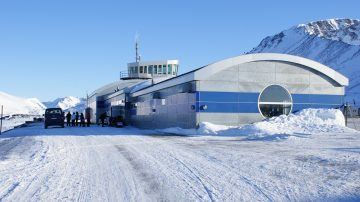
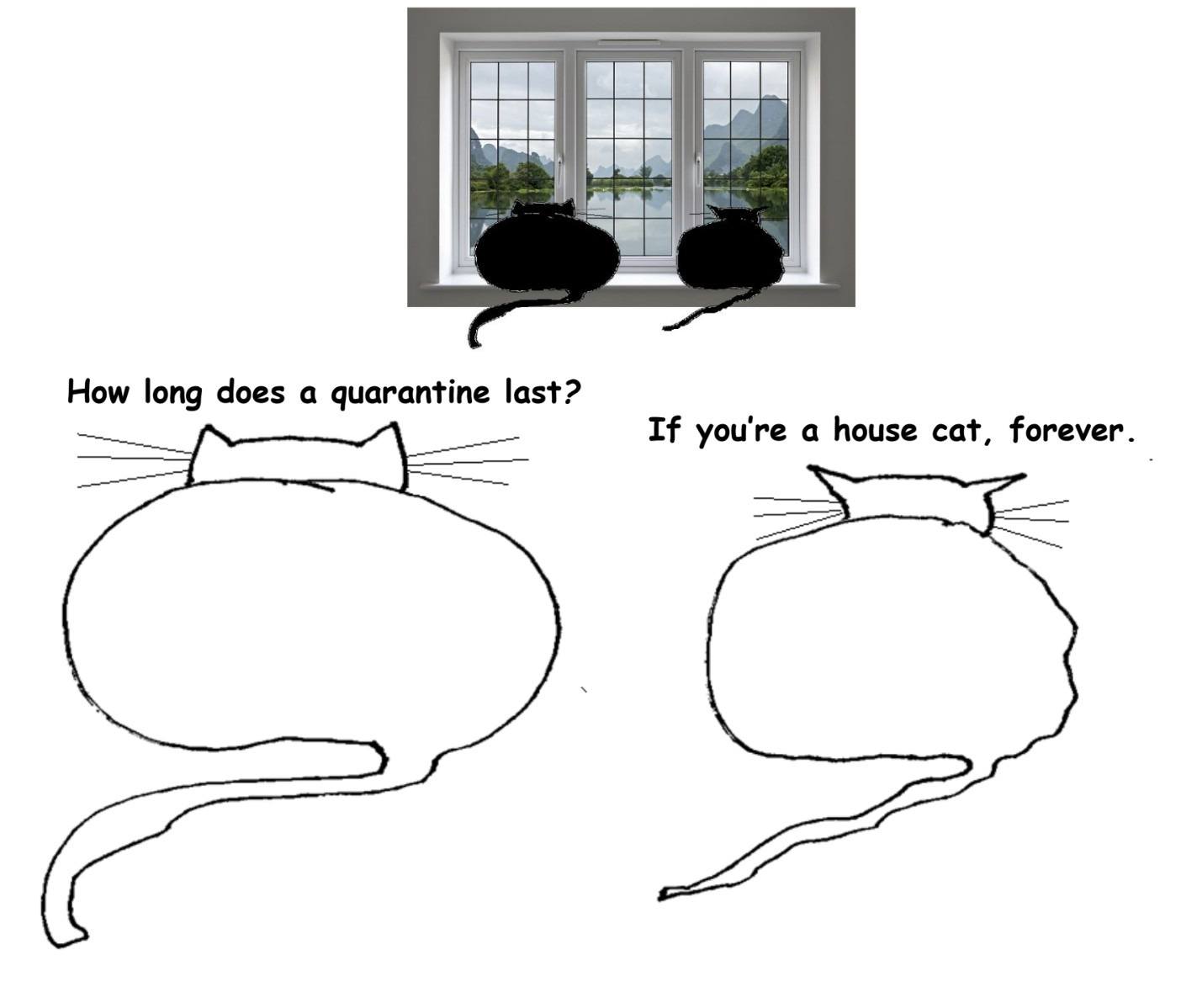

 There should be more.
There should be more. Greta’s father, Svante, and I are what is known in Sweden as “cultural workers” – trained in opera, music and theatre with half a career of work in those fields behind us. When I was pregnant with Greta, and working in Germany, Svante was acting at three different theatres in Sweden simultaneously. I had several years of binding contracts ahead of me at various opera houses all over Europe. With 1,000km between us, we talked over the phone about how we could get our new reality to work.
Greta’s father, Svante, and I are what is known in Sweden as “cultural workers” – trained in opera, music and theatre with half a career of work in those fields behind us. When I was pregnant with Greta, and working in Germany, Svante was acting at three different theatres in Sweden simultaneously. I had several years of binding contracts ahead of me at various opera houses all over Europe. With 1,000km between us, we talked over the phone about how we could get our new reality to work. Haskell County, Kansas, lies in the southwest corner of the state, near Oklahoma and Colorado. In 1918 sod houses were still common, barely distinguishable from the treeless, dry prairie they were dug out of. It had been cattle country—a now bankrupt ranch once handled 30,000 head—but Haskell farmers also raised hogs, which is one possible clue to the origin of the crisis that would terrorize the world that year. Another clue is that the county sits on a major migratory flyway for 17 bird species, including sand hill cranes and mallards. Scientists today understand that bird influenza viruses, like human influenza viruses, can also infect hogs, and when a bird virus and a human virus infect the same pig cell, their different genes can be shuffled and exchanged like playing cards, resulting in a new, perhaps especially lethal, virus.
Haskell County, Kansas, lies in the southwest corner of the state, near Oklahoma and Colorado. In 1918 sod houses were still common, barely distinguishable from the treeless, dry prairie they were dug out of. It had been cattle country—a now bankrupt ranch once handled 30,000 head—but Haskell farmers also raised hogs, which is one possible clue to the origin of the crisis that would terrorize the world that year. Another clue is that the county sits on a major migratory flyway for 17 bird species, including sand hill cranes and mallards. Scientists today understand that bird influenza viruses, like human influenza viruses, can also infect hogs, and when a bird virus and a human virus infect the same pig cell, their different genes can be shuffled and exchanged like playing cards, resulting in a new, perhaps especially lethal, virus.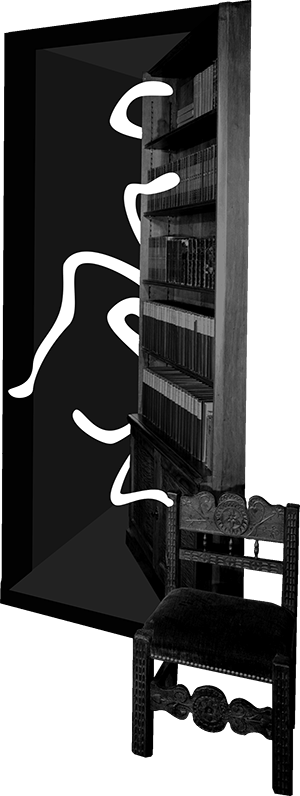 For John Morgan, an American expat living in Budapest, controlling the form the world takes comes down to shaping how white people dream.
For John Morgan, an American expat living in Budapest, controlling the form the world takes comes down to shaping how white people dream.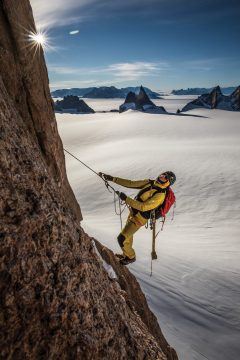
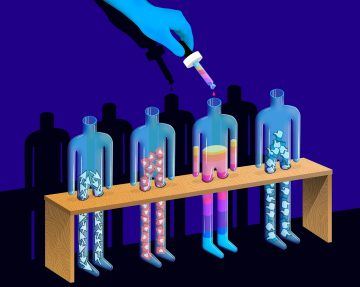 Dr. John Haygarth knew that there was something suspicious about Perkins’s Metallic Tractors. He’d heard all the theories about the newly patented medical device—about the way flesh reacted to metal, about noxious electrical fluids being expelled from the body. He’d heard that people plagued by rheumatism, pleurisy, and toothache swore the instrument offered them miraculous relief. Even George Washington was said to own a set. But Haygarth, a physician who had pioneered a method of preventing smallpox, sensed a sham. He set out to find the evidence. The year was 1799, and the Perkins tractors were already an international phenomenon. The device consisted of a pair of metallic rods—rounded on one end and tapering, at the other, to a point. Its inventor, Elisha Perkins, insisted that gently stroking each tractor over the affected area in alternation would draw off the electricity and provide relief. Thousands of sets were sold, for twenty-five dollars each. People were even said to have auctioned off their horses just to get hold of a pair. And, in an era when your alternatives might be bloodletting, leeches, and purging, you could see the appeal.
Dr. John Haygarth knew that there was something suspicious about Perkins’s Metallic Tractors. He’d heard all the theories about the newly patented medical device—about the way flesh reacted to metal, about noxious electrical fluids being expelled from the body. He’d heard that people plagued by rheumatism, pleurisy, and toothache swore the instrument offered them miraculous relief. Even George Washington was said to own a set. But Haygarth, a physician who had pioneered a method of preventing smallpox, sensed a sham. He set out to find the evidence. The year was 1799, and the Perkins tractors were already an international phenomenon. The device consisted of a pair of metallic rods—rounded on one end and tapering, at the other, to a point. Its inventor, Elisha Perkins, insisted that gently stroking each tractor over the affected area in alternation would draw off the electricity and provide relief. Thousands of sets were sold, for twenty-five dollars each. People were even said to have auctioned off their horses just to get hold of a pair. And, in an era when your alternatives might be bloodletting, leeches, and purging, you could see the appeal. Johann Wolfgang von Goethe, the 18th-century poet and philosopher, believed life was hardwired with archetypes, or models, which instructed its development. Yet he was fascinated with how life could, at the same time, be so malleable. One day, while meditating on a leaf, the poet had what you might call a proto-evolutionary thought: Plants were never created “and then locked into the given form” but have instead been given, he later wrote, a “felicitous mobility and plasticity that allows them to grow and adapt themselves to many different conditions in many different places.” A rediscovery of principles of genetic inheritance in the early 20th century showed that organisms could not learn or acquire heritable traits by interacting with their environment, but they did not yet explain how life could undergo such shapeshifting tricks—the plasticity that fascinated Goethe.
Johann Wolfgang von Goethe, the 18th-century poet and philosopher, believed life was hardwired with archetypes, or models, which instructed its development. Yet he was fascinated with how life could, at the same time, be so malleable. One day, while meditating on a leaf, the poet had what you might call a proto-evolutionary thought: Plants were never created “and then locked into the given form” but have instead been given, he later wrote, a “felicitous mobility and plasticity that allows them to grow and adapt themselves to many different conditions in many different places.” A rediscovery of principles of genetic inheritance in the early 20th century showed that organisms could not learn or acquire heritable traits by interacting with their environment, but they did not yet explain how life could undergo such shapeshifting tricks—the plasticity that fascinated Goethe.